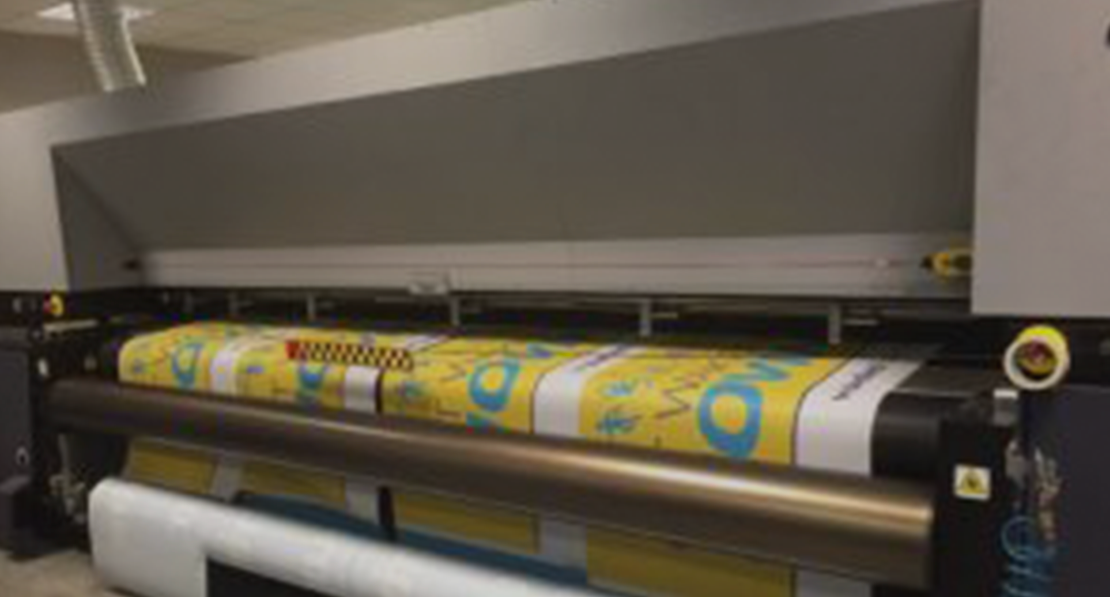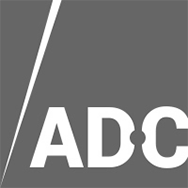
Ink is like a good pint. Just like beer, there’s a wealth of different kinds and brands. It gets confusing to know which is which, and what does what. While we’d love to tell you which beer of choice you should go with at the pub, we’re much more qualified to tell you how wide-format print inks work!
Here’s our comprehensive list of the wide-format print inks that are most frequently used in our industry. Don’t forget, we use some of the newest stuff on the market: the HP Latex inks
About: Aqueous ink is a water-based ink that comes in two forms – dye and pigment (UV). It’s best to picture dye inks as cordial fruit juice – these dye-based inks are comprised of tiny dye particles that can be dissolved in water. When soaked into the paper, the water evaporates while the tiny dye dots dry. Unfortunately, its water-based nature means it’s easily damaged by water and sunlight, so these inks are better used for indoor displays and exhibition stands!
Pros: Strong colours; high-quality images.
Cons: Unfortunately, these dyes are not waterproof or UV-proof, so they’re prone to running and fading.
Aqueous Ink – Pigment (UV)
About: The second form of aqueous ink is pigment (UV). Unlike dye inks, its particles are bigger – while they still produce a great image, this ink is more like a chalk that sits on top of paper. On the plus side, they don’t deteriorate in UV light and are waterproof for a short amount of time! Window displays and long-term promotional work like POS displays benefit from pigment inks!
Pros: Waterproof; UV-ray proof.
Cons: Lower quality images are produced compared to dye inks.
About: Solvent inks are similar to pigment (UV) inks in property, but rather than mixing colour pigments with water, they’re mixed with volatile organic compounds (VOCs). This means that the paint is hazardous without proper ventilation. This ink is often used on flexible vinyl materials for banners, graphics and billboards and is comparatively cheap to use!
Pros: Comparatively inexpensive; printable on multiple materials; waterproof & UV-ray proof; durable for outdoors.
Cons: Requires special ventilation during printing to avoid hazardous fumes.
About: UV-cured inks are generally pigment-based and are used for outdoor advertising (rigid surfaces like plastic, wood or metals) because of the robust image they produce – they’re often compared to automotive paints! When applied, the ink needs to be exposed to strong UV lights to dry the ink. Because of its rigidity, this ink is not used on surfaces where flexibility is needed. UV-cured ink has been known to crack on these surfaces.
Pros: Fast drying times; prints onto rigid surfaces.
Cons: Creates a physical ink layer above the surface.
About: Currently, the only offering of latex ink comes from HP. Latex ink offers an improved performance to the properties of solvent inks. While solvent inks struggle to print quality images onto some vinyls, paper, fabrics, polyester and polyethylene, this water-based ink uses a special polymer to bind to the surfaces it’s printed on! And as a great bonus, there’s no need for ventilation.
Pros: Odourless; works on difficult materials. Latex inks are currently a new offering that not many companies offer – but we do!
Cons: In our opinion, there aren’t any!



